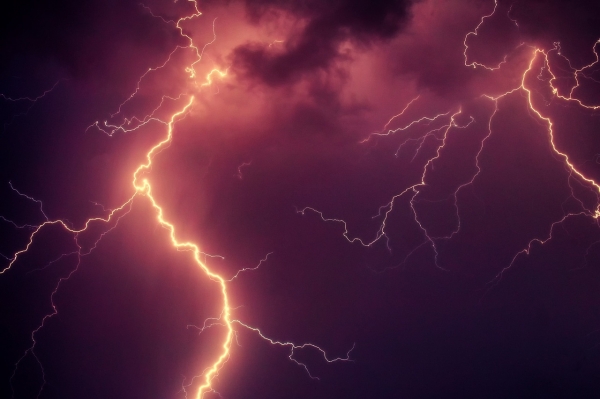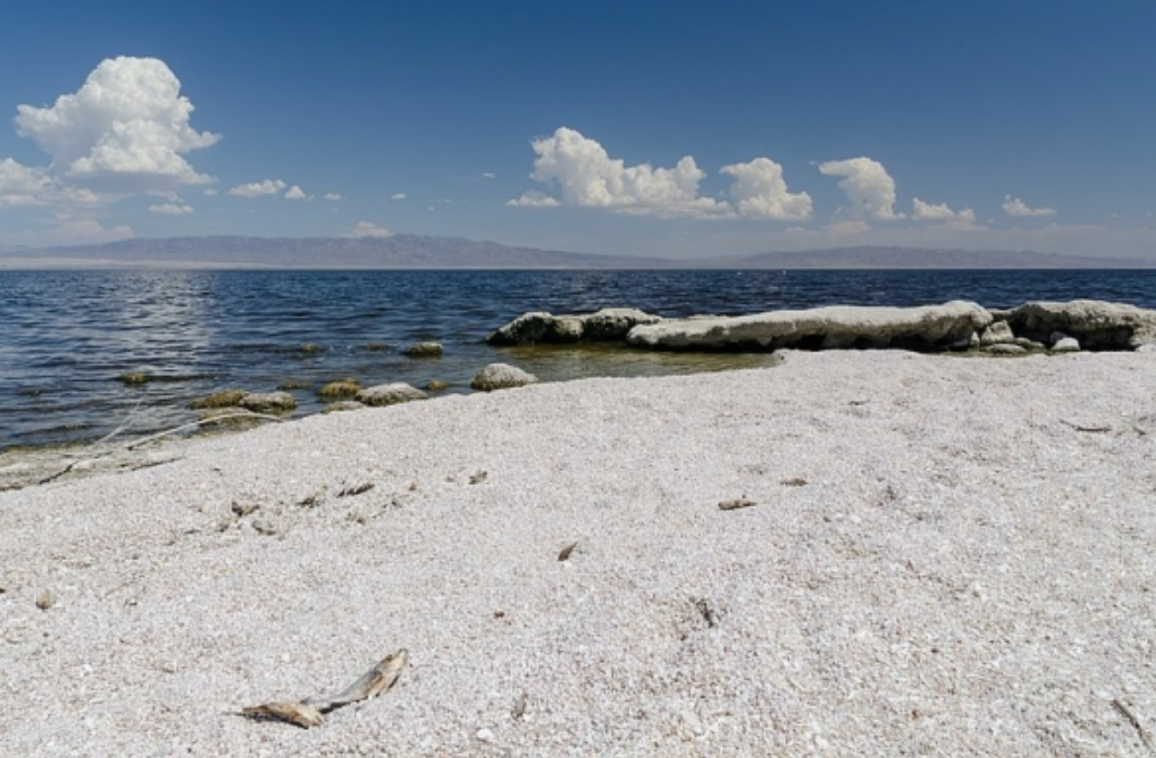
There is way more going on in thunderstorms than we ever imagined. As it turns out, essentially all big thunderstorms generate gamma rays all day long in many different forms.
Dr. Steve Cummer (Duke University)
Hello, ladies and gentlemen. I'm the "Environmental Bank" with all the worldwide environmental issues. Have you ever watched lightning light up the sky during a rainstorm? Today, we’ll take a closer look at the discoveries for the lighting storms.
What is the discovery?
- Most tropical lightning storms are radioactive, producing gamma radiation much more frequently than previously thought.
- Two new types of gamma radiation bursts were discovered: one lasting less than a millisecond and the other consisting of a series of ten short bursts occurring over a tenth of a second.
What triggered the research?
- In the 1990s, NASA satellites designed to observe high-energy particles from space (such as supernovas) unexpectedly detected gamma radiation bursts originating from thunderstorms on Earth. While scientists quickly determined that thunderstorms were responsible, the frequency and specifics of the phenomenon remained unknown due to the limitations of the satellite equipment, which was not designed to detect gamma radiation from Earth. This prompted the research team to investigate further, using more suitable tools like the ER-2 aircraft.
How does gamma radiation form in thunderstorms?
- As thunderstorms develop, updrafts drive water droplets, ice, and hail, causing a mixture of positive and negative charges.
- Positive charges accumulate at the top of the storm, while negative charges settle at the bottom, creating a vast electric field.
- This electric field can be as strong as 100 million AA batteries stacked together.
- Electrons in the field accelerate to high speeds.
- These high-speed electrons collide with air molecules, creating a cascade effect that releases more high-energy electrons.
- This process can result in nuclear reactions, producing gamma rays, antimatter, and other high-energy radiation.
- Gamma radiation bursts are often linked to lightning, as the electric field "supercharges" the particles, further increasing their energy.
What methods were used to study this?
- The researchers used NASA’s ER-2 High-Altitude Airborne Science Aircraft, a modified U2 spy plane, to fly over large tropical thunderstorms. The plane was capable of flying more than twice as high as commercial aircraft, positioning itself about three miles above the tops of thunderstorms where the gamma radiation originates.
- The ER-2 conducted ten flights over thunderstorms in the tropics south of Florida, and nine of these flights resulted in successful observations of gamma radiation. This systematic approach allowed the team to gather consistent data, confirming that the phenomenon is widespread and not just an isolated event.
How common is this phenomenon?
- More than half of all tropical thunderstorms produce gamma radiation, making it a frequent and widespread phenomenon. Out of the ten flights conducted by the ER-2 aircraft, nine detected gamma radiation, confirming that it occurs regularly in large tropical storms.
- The size and intensity of tropical thunderstorms, which are much larger than storms in other latitudes, seem to make them particularly likely to emit gamma radiation.
What are the implications of this discovery?
- New understanding: The discovery shows that gramma radiation is much more common and dynamic in thunderstorms than previously thought.
- Lightening connection: It opens up new lines of inquiry regarding the formation of lightning and high-energy particles in the atmosphere.
- Safety: Gamma radiation poses little danger unless someone is very close to the source, and planes already avoid the cores of thunderstorms due to turbulence.
- Scientific insight: Studying gamma radiation bursts could provide insights into lighting initiation, a major unresolved mystery in atmospheric science.
What are the implications of this discovery?
- Unanswered questions: How do the newly discovered gamma radiation bursts form, and why do they occur independently of lightning discharges?
- Lightning initiation: Understanding the relationship between gamma radiation and lightning initiation could offer new insights into storm dynamics
- New types of bursts: The two new types of gamma bursts - one less than a millisecond and the other a rapid sequence - raise questions about what triggers them and how they fit into the larger context of thunderstorms
Wrap-up
When I first saw this article, I immediately thought of the 'aurora.' When we think of aurora, it seems beautiful and dazzling, yet many people don’t know that the beauty of aurora lies in the radioactive particles creating those mesmerizing lights. Similar to this, I realized that tropical thunderstorms, while often seen as powerful and awe-inspiring, also conceal an unexpected source of radioactivity, reminding us that behind nature's beauty, there are often hidden forces we don’t fully understand.











의견을 남겨주세요